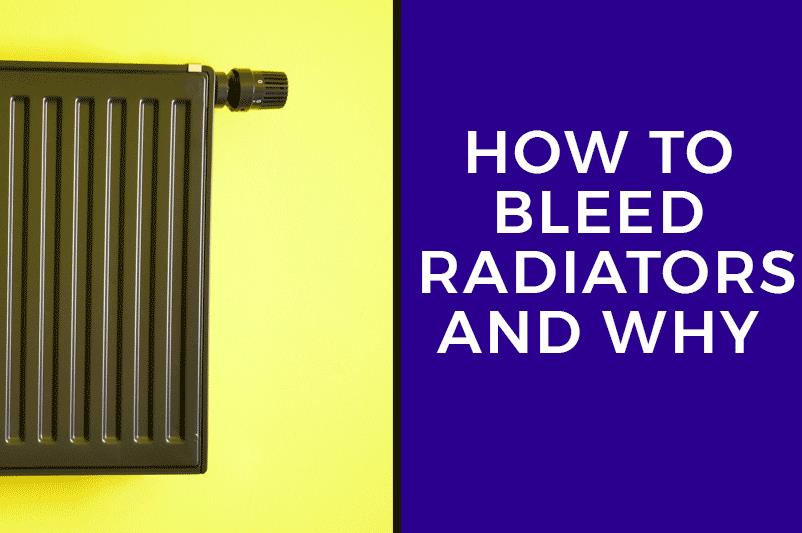
Bleeding your radiators is a task we should all perform but often forget to do so. Over time, the presence of air in your central heating system is unavoidable but you can ensure that you bleed your radiators and release the air before it becomes a problem. This article will explain how to bleed radiators and why you should do it.
Air trapped in your central heating system has a number of negative effects. Firstly, if there are air pockets in your radiators, hot water won't be able to fill the entire heater, diminishing its overall heat output. The movement of air through your system can also make a lot of noise, making it an annoyance. Over time, this build up of air leads to inefficient heating, wasting energy as you try to generate the same amount of heat as before with greater fuel expenditure. Bleeding ensures you can heat your property efficiently and consistently and put your money to better use.
Before bleeding, it helps to run a quick check of your individual radiators to see if you can locate the specific problem area. Switch on your heating and make sure that all of your radiators are turned up. This is important both for finding the radiators that need bleeding and because you'll need high pressure inside the unit in order for it to push the trapped air out. Once your radiators have warmed up, carefully check each individual unit to see if they're all warm. In particular, check the top of each radiator as air and gas travel upwards and are most likely to get trapped near the top of the unit. Cold spots are a sure sign that you should bleed your radiator, especially if the others in your system are functioning normally.
To bleed your radiators, you'll need a radiator key; it might be worth buying a spare or two from your local hardware shop in case you misplace it. Although not as easy as using a key, most radiators can also be bled using a flat-head screwdriver. Before starting, ensure your central heating is switched off and not set to come on during the bleeding process. You don't want your system to keep pumping water while your radiator is open, especially if it's scalding hot.
You'll find your bleed valve at one end of the unit. Whether this is situated at the top or bottom of the radiator depends on the age and shape of the model. Place your radiator key onto the valve or place the tip of your screwdriver into the central groove. Make sure you place an old towel or cloth on the floor or cover the valve while you turn it. Radiator water can be dirty and you don't want to mark your carpet or floor, especially as modern radiators can squirt water in a pressurised jet rather than dripping it. Turn your key or screwdriver anti-clockwise until you hear a hissing sound. This is the noise of gas escaping the radiator. As soon as fluid begins escaping from the valve, you've vented enough air and need to quickly shut off the valve by turning it clockwise until it is closed. Your radiator should be ready for use again.
After bleeding your radiators and closing the bleed valves, it's important to check your boiler's pressure gauge. Pressure loss is a common side effect of bleeding your system and can be rectified by re-pressuring your boiler, a relatively quick and easy process. An explanation of how to “top up” your boiler can be found here and will ensure that your system operates properly.
Once you've checked your pressure, it's worth taking the time to turn on your heating and check your radiators one more time. If your radiators have been properly bled, they should now be consistently warm throughout, without any cold spots. Bleeding your radiators is a simple process and will help prevent greater problems in the future. Try to remember to do it when necessary; it's a good idea to bleed at the start of winter so you can be sure your radiators will function properly during the coldest months of the year.